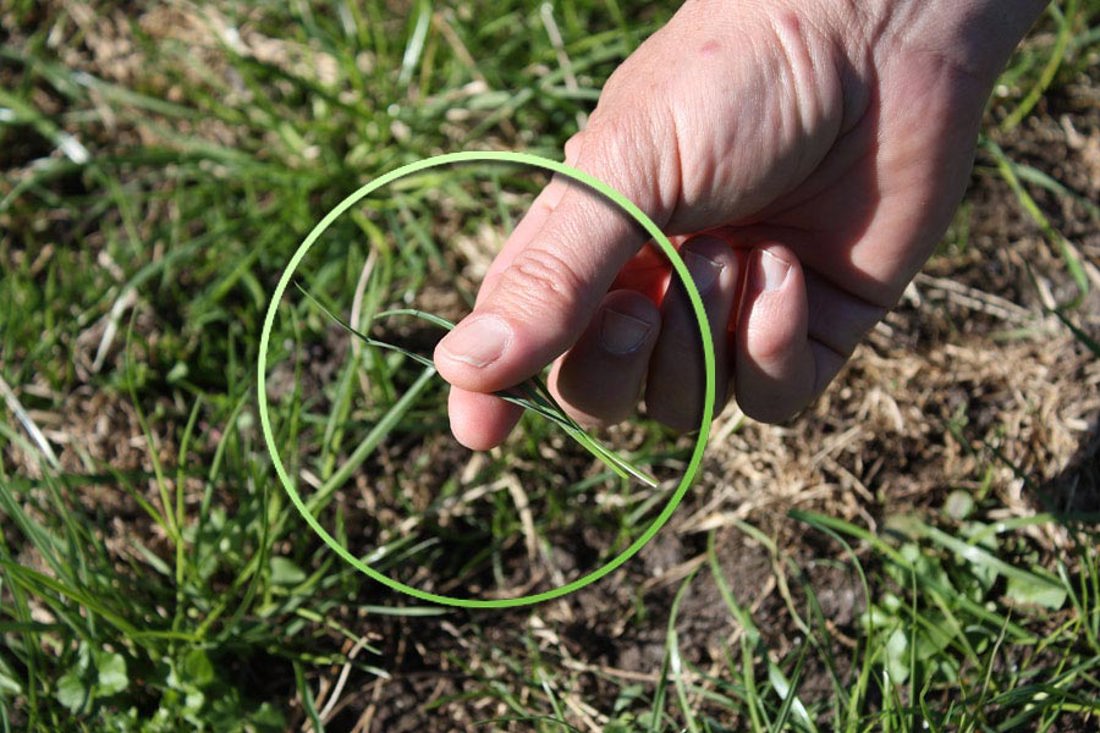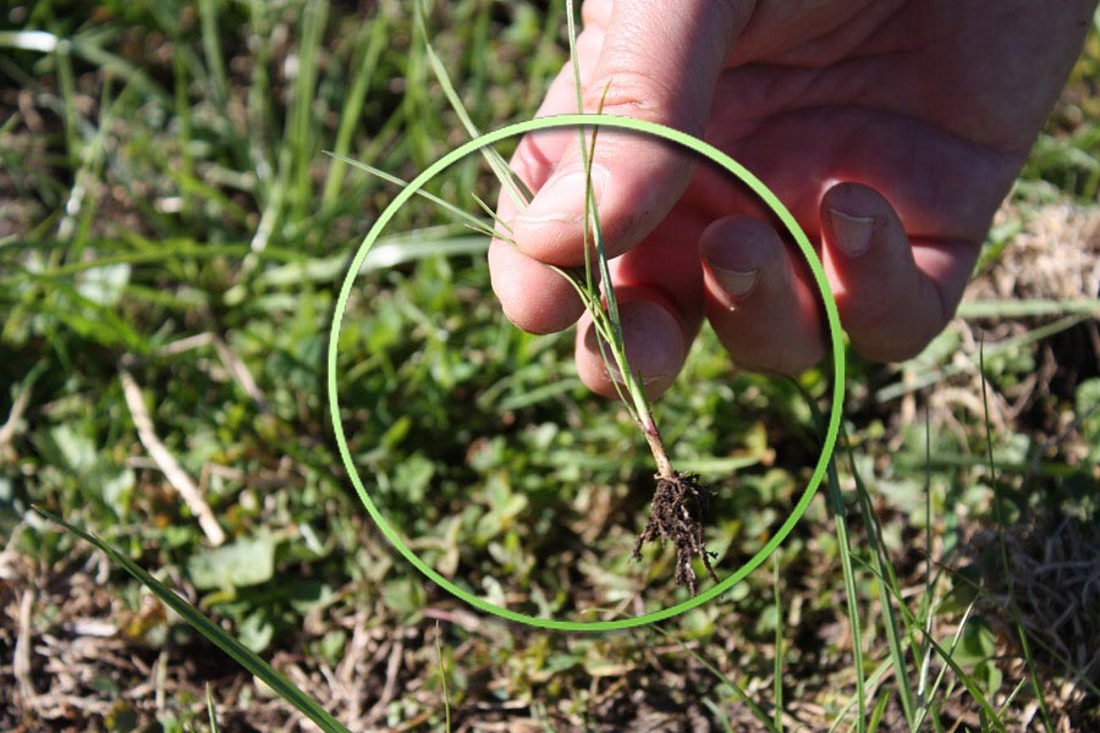Managing new pasture
2 min read
Creating a new pasture isn't just about sowing. Good management, especially in the first year, can boost its performance and longevity. It's only successfully established once it's dense and has survived a summer. An important part of this process is the 'pluck test' before the first grazing. It checks if plants are rooted well enough to not get uprooted by animals. Remember, initial grazing isn't about feeding animals but encouraging plant growth. Applying fertiliser as needed and monitoring for weeds are also vital steps. For survival through summer, proper grazing practices, adequate fertilisation, and measures to prevent overgrazing are key.
Establishing a new pasture doesn’t stop at sowing. Management during the first 12 months is critical. Good management gets the best out of a new pasture and will help it persist.
A pasture should not be considered successfully established until there is a dense, well tillered pasture that has survived a summer. Pasture management through this time has a major impact on its future performance.
Pastures grow slowly until they are nipped off, which accelerates both their growth rate and tillering. Before a new pasture is ready for its first grazing it needs to pass the 'pluck test' to see if plants are firmly rooted, so animals won’t pull them out of the ground. This is shown in the pictures below.



The first grazing is about removing the tips of plants to encourage their growth, NOT about feeding animals. Graze in dry conditions to avoid soil and plant damage. Let stock graze the top 3-4 cm off plants; do not bare the pasture out.
Graze with lighter young stock if possible. Cows can be used, but take care as they may only need an hour or two in the paddock (depending on numbers).
In good conditions, the first grazing can be 6-8 weeks after sowing perennial ryegrass (typically 1-2 weeks sooner for an annual, Italian or hybrid). Dry or cold conditions can prolong this.
Apply fertiliser as required. New pasture responds well to nitrogen, and over the first 6 months, generally, two small applications are used (e.g. 25-30 kg N/ha) when conditions allow (not waterlogged and soil temperature greater than 7°C).
Monitor new pastures closely for emerging weeds. The specific weeds present to determine your herbicide choice. If it doubts seek advice from your local rural retailer, seed company, consultant or to identify weeds on-line visit AgPest or Weeds Database by Massey University.
Having large, strong, well-tillered grass plants and clovers prior to summer will help ensure survival.
Follow these tips:
In wet summers (or under irrigation) continue grazing as above. In dry summers care is needed to avoid over-grazing and damaging all pasture, but particularly new pastures.
Now’s the perfect time to check in, plan, and set up for a strong season. We’ve pulled together smart tips and tools to help you stay ahead all winter long.
Whether you prefer to read, listen, or download handy guides, we’ve got you covered with trusted tools to support your journey every step of the way.